Overall in this project, it is quite interesting to learn about different types of colors, especially chromatic gray and muted colors. It’s kinda sad that I had a lot of busy time I had to do in the previous weeks which is why my muted and prismatic art in Phase 2 has a shorter size collage. But regardless, I had learned how I can create and experiment with primary and secondary colors and turn them into chromatic grays and muted colors.
Feel free to view my phases below of my progress in Saturation Studies.
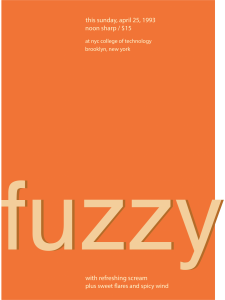
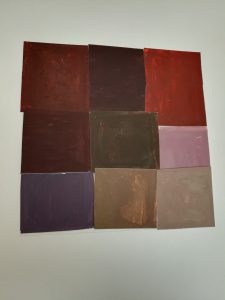

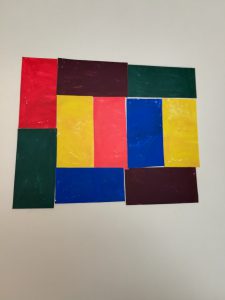
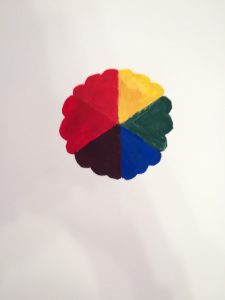

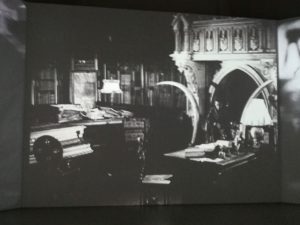




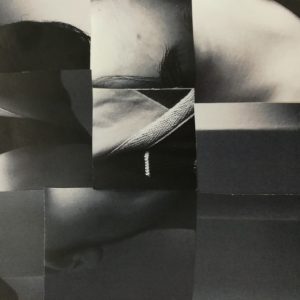
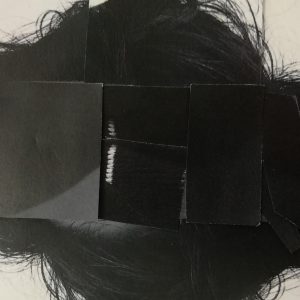

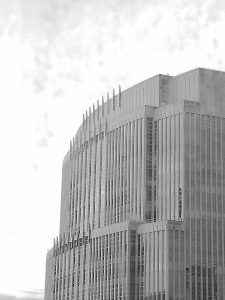



Recent Comments